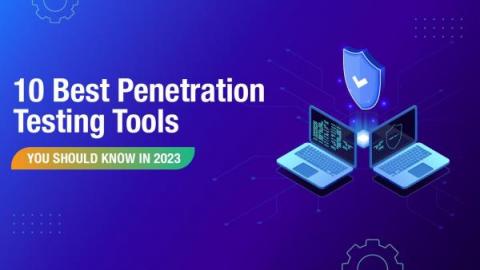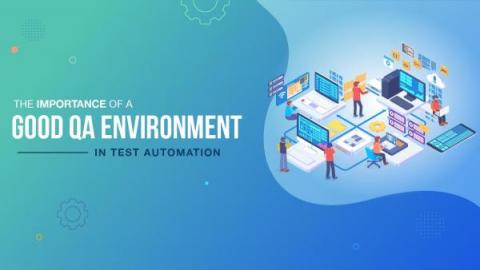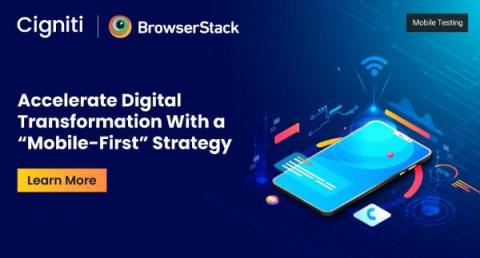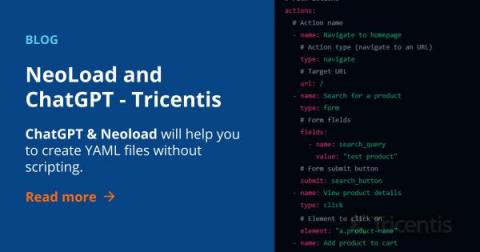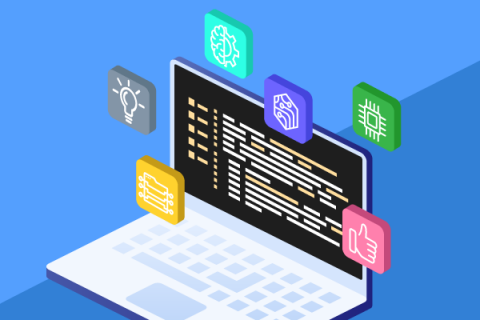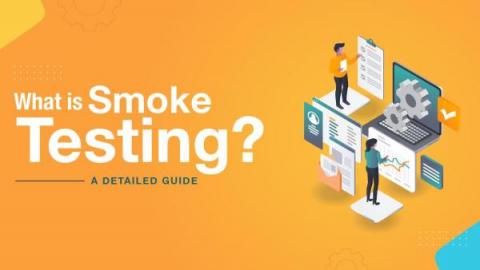Systems | Development | Analytics | API | Testing
Testing
The latest News and Information on Software Testing and related technologies.
Frontend Observability with Grafana Faro x k6
Your Complete Guide to TeamCity vs Jenkins [2023 Edition]
Build. Test. Deploy. Every real-world application development involves the above three stages. But do they need to be in the same sequence? Let’s start with the Waterfall model; it is sequential and moves forward in phases. But as the industry evolved, it became obsolete. Agile methodology took its place, which works iteratively to overcome its predecessor’s drawbacks. Yet again, the industry evolved to look for something more collaborative; agile no longer served the purpose precisely.
10 Best Penetration Testing Tools in 2023
Cybercrime is becoming a growing concern. Reports state that global cybercrime costs can grow to $10.5 trillion by 2025. To protect your business from cyber attacks, you need an expert security team, best security practices, and the right penetration testing tools. The penetration testing tools will help you identify the vulnerabilities in your organization’s network, thereby helping you fix them.
BDD vs TDD vs ATDD: Key Differences
The software development process involves the use of a myriad of tools, languages, and frameworks. Typically, software developers don’t encounter difficulty while writing the code. But what seems challenging to them is how to address various test cases, determine the code to write, and predict the user’s requirements. These difficulties can be alleviated by writing easy-to-understand tests that provide a developer with a set of precise criteria to fulfil.
Importance of a Good QA Environment
Once upon a time, development teams battled a widespread problem: gaining access to a stable QA environment. One of the biggest nightmares of a developer is developing a new software or feature that fails to function in the real world. This is where the exposure to the relevant environments where you can extensively test your code before putting them into production works as a boon for you.
Accelerate Digital Transformation With a "Mobile-First" Strategy
In today’s world, being connected anywhere and anytime is the most crucial aspect for anyone, and mobile phones as a device are one of the most critical enablers. With smartphones and internet connectivity, having access to content has become a click away. Purchase decisions and payment modes have been greatly influenced by the mobile landscape, so it has become important for companies to provide a great user experience across platforms and devices, with mobile being the prime device.
NeoLoad and ChatGPT
Artificial Intelligence (AI) is coming, whether we like it or not. It is likely to transform every aspect of what it means to be human and represents an existential opportunity – or potential threat – to everyone living and yet to be born. Hyperbole aside, ChatGPT software intelligence has been a hot news topic of late. While it has some limitations, to many of us it’s the first real glimpse of AI’s capabilities.
What Is the Future of Software Development?
What is Smoke testing? - A Detailed Guide
“What is a smoke test” is a widely asked question when it comes to software testing. A smoke test is a type of software test that verifies that the most important functions of a program work. It is also known as “Build Verification Testing” or “Build Acceptance Testing”. The goal of smoke testing is to determine if a build is stable enough to proceed with further testing.





